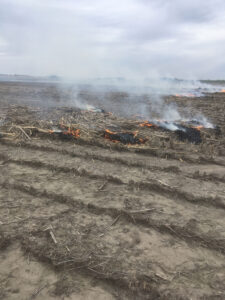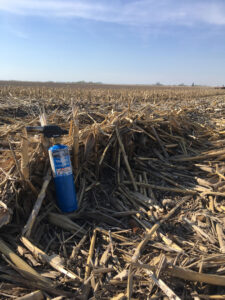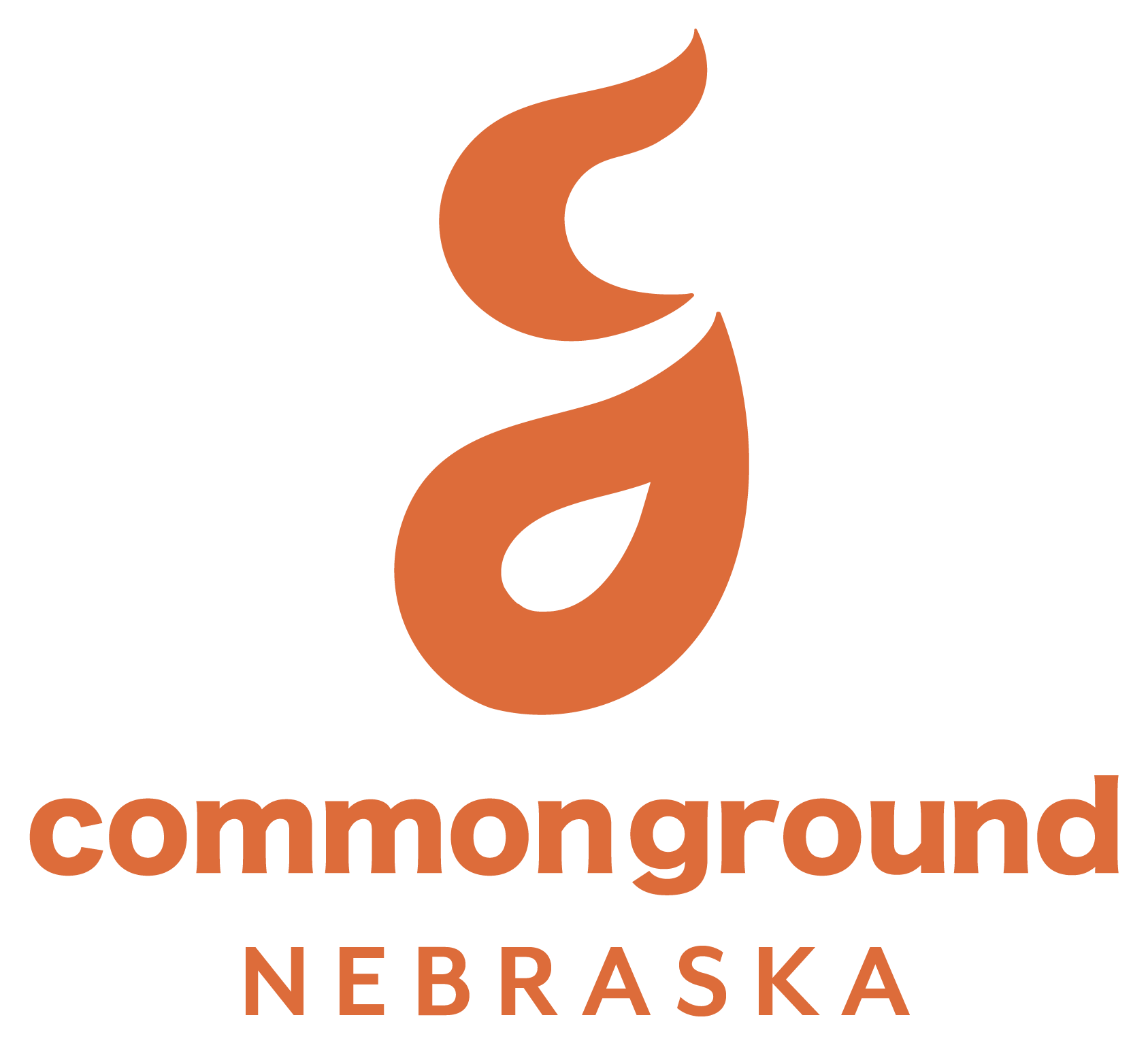It’s there somewhere, isn’t it? … Maybe it’s gone…. We had a field there.

Sand and tree debris completely covering a neighbor’s field.
Farmers, including my husband and I, have been asking and wondering about this or something similar since March 13, 2019. Fields that just last year produced crops, can’t be farmed. The crops grown on these fields, predominantly corn and soybeans provide all of us with food and fuel.
“What do we do now?” has been the big follow up question on our minds.
Time is short. Crops need to be planted starting in late-April and throughout May. The growing season is here. Seeds need to be in the ground and growing in order for harvest to happen in the fall.
So many questions, so little time and so much to be done.
Here are three things we are doing to get the flooded land back to a healthy, productive condition.
- Removing debris and sediment (sand)
- Repair erosion if possible
- Manage other factors, i.e. new soil types and textures, saturated soils, hard packed soils
On our farm, near Scribner, Nebraska, the fields had debris and a small amount of sand and silt deposited. We have been out picking up logs, fence posts and any number of other bits that floated in that keep us from being able to drive our tractors and planters across the field.

Burning a thick mat of crop residue so the planter can get the seed in the soil beneath.
In other areas, crop residue has collected in such thick mats that it needs to be removed. The most practical way of doing this has been prescribed burning. The horizon is often filled with the white smoke plume of burning crop residues. There is just too much material to haul away and nowhere to put it if it were hauled away.
Our fields didn’t suffer a great deal of erosion, and repairs have been made by using a loader tractor to move the soil where needed.

Crop residues floated together in thick mats. This mat is about 18″ thick. The blue propane torch is what we were using to ignite the residue.
Finally, we are considering planting some cover crops so the soil has a chance to recover and rebuild. Cover crops can be planted at different times. This will allow some of our very wettest soils to dry enough for us to put in seed. These wet soils may need some extra help because the microbes that live in them may be gone due to the excessive moisture pushing out all of the oxygen that microbes require.
The University of Nebraska-Lincoln has more in depth information about flooding and farms, as well as many other great resources on their website: https://flood.unl.edu/.
We have been lucky. Some of our neighbors and friends have had fields completely washed away or covered in several feet of sand and silt. These fields may never be farmed again. Only time will tell. As fellow farmers we will support them in whatever way we are able.
There are still a lot of questions to be answered after this flood of a millennium. Farmers, including my husband and I, will seek out the best answers so we can continue to produce food and fuel as we care for the environment and keep the soil healthy for generations to come.
